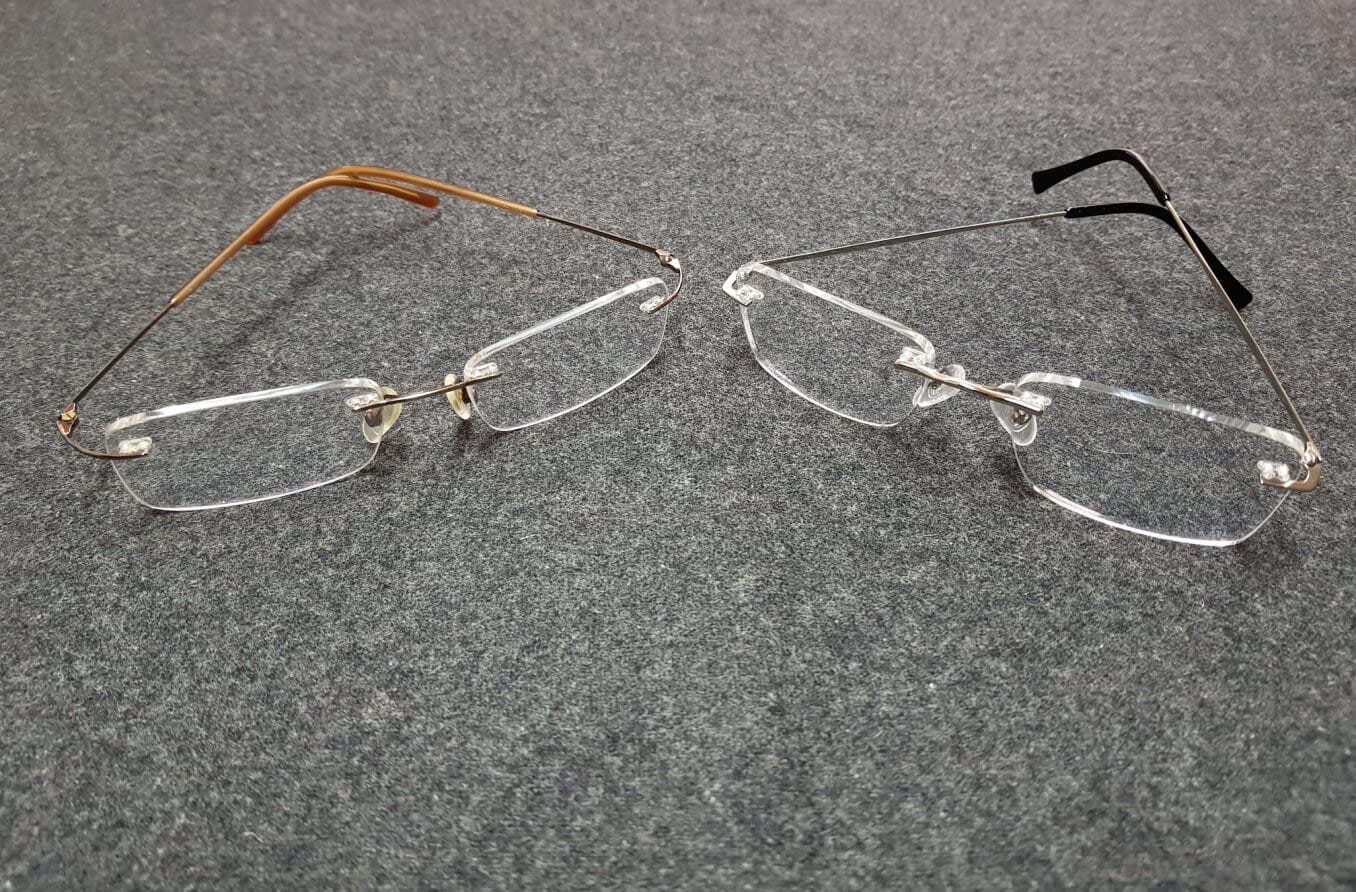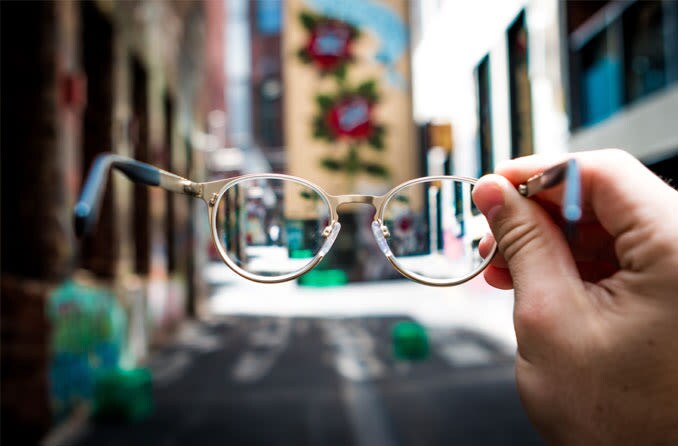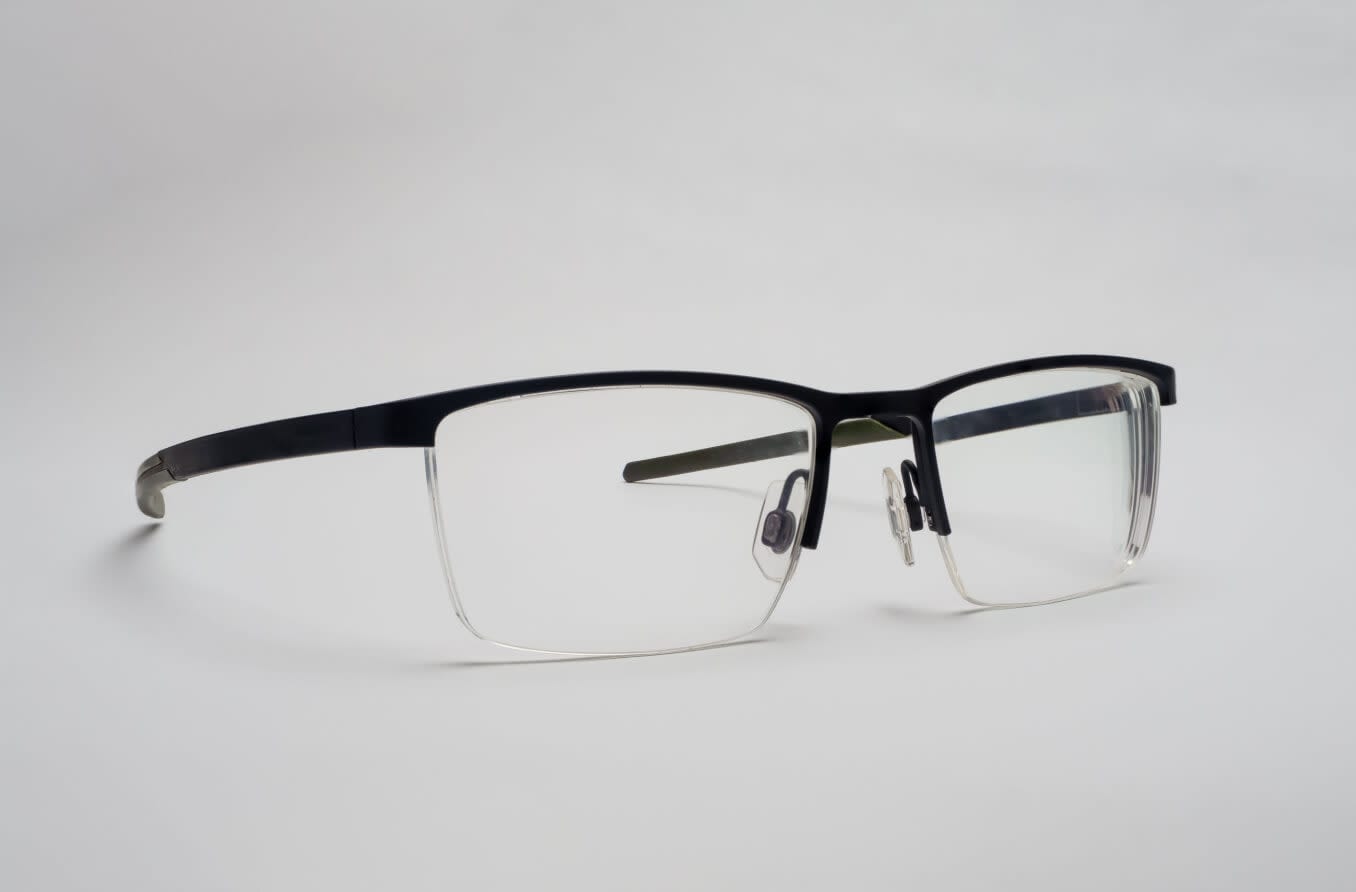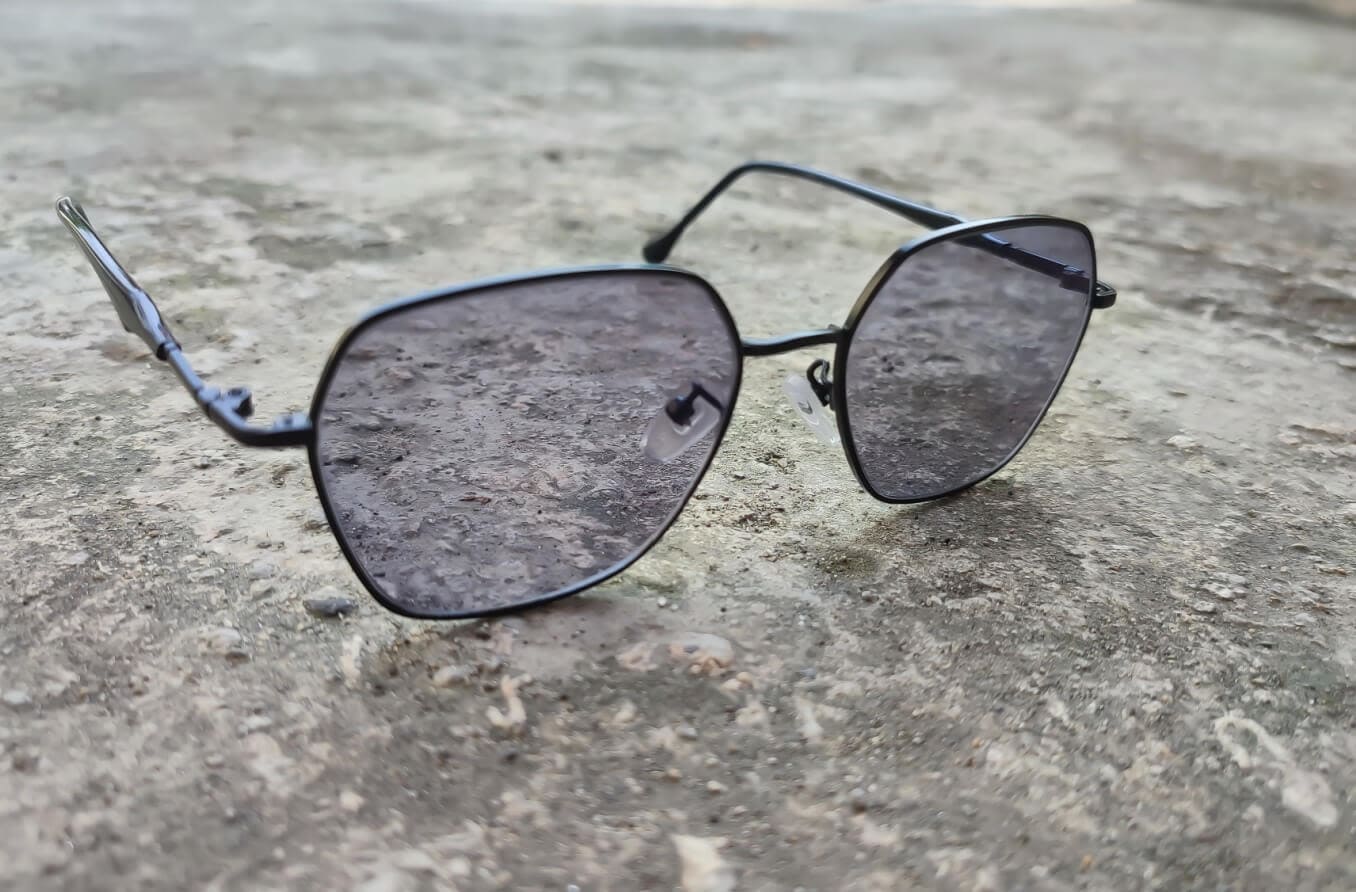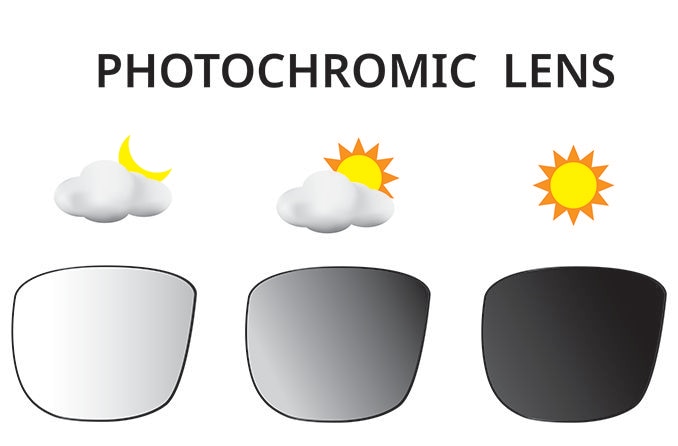Plastic vs. polycarbonate lenses: Advantages & disadvantages
One important factor to consider when choosing lenses is lens material. Plastic and polycarbonate are common lens materials used in eyewear. Plastic is lightweight and durable but thicker. Polycarbonate is thinner and provides UV protection but scratches easily and is more expensive than plastic.
Each lens material has unique qualities that make it more appropriate for certain age groups, needs and lifestyles. When selecting a lens material, it is important to consider:
- Weight
- Impact-resistance
- Scratch-resistance
- Thickness
- Ultraviolet (UV) protection
- Cost
Overview of plastic lenses
Plastic lenses are also known as CR-39 ("Columbia resin 39”). This material has been widely used in eyewear since the 1970s and is still a popular choice among people who wear prescription glasses.
Previously, lenses were made of crown glass and were heavy and more likely to shatter. The development of plastic lenses was significant because plastic is lightweight. It also breaks less often than traditional glass, making it a safe and reliable option for everyday use.
Plastic lens pros and cons
Plastic lenses are a popular choice for eyeglasses due to their low cost and durability. Scratch-resistant coating, a tint and ultraviolet (UV) protective coating can be easily added to these lenses.
Pros
- Lightweight – Compared to crown glass, plastic is lightweight. Glasses with plastic lenses are comfortable to wear for extended periods.
- Good optical clarity – Plastic lenses provide good optical clarity. They do not cause much visual distortion.
- Durable – Plastic lenses are less likely to break or shatter than glass. This makes them a good choice for active people, although they are not as shatter-proof as polycarbonate.
- Less expensive – Plastic lenses usually cost quite a bit less than polycarbonate.
Cons
- Thick – Plastic tends to be thicker than polycarbonate. If you have a higher prescription, this may cause your eyewear to be less aesthetically pleasing and feel heavier on your face.
- Scratch easily – A regular plastic lens is more susceptible to scratches due to daily wear. A scratch-resistant coating can be added for an additional cost.
- Partial UV protection – Plastic offers only partial protection from harmful UV rays. A UV coating should be added for 100% protection if you plan to wear the glasses outdoors.
Overview of polycarbonate lenses
Polycarbonate is a type of highly impact-resistant plastic commonly used in eyewear. The first commercial polycarbonate lenses were introduced in the 1980s, and they quickly rose in popularity.
This lens material is ten times more impact-resistant than plastic. For this reason, it is often recommended for children and active adults.
Polycarbonate lens pros and cons
Polycarbonate lenses are a good choice for people with higher prescriptions. These lenses are thinner, more lightweight and stronger than plastic. However, the optical quality is lower than CR-39, and they are easily scratched.
Pros
- Durable – Polycarbonate is one of the strongest and safest materials used today in glasses. It is often recommended for young children, active adults, and people who need safety eyewear.
- Thin and lightweight – Polycarbonate lenses are up to 25 percent thinner than traditional plastic.
- Total UV protection – Polycarbonate blocks UV rays, so there is no need to add a UV coating to your glasses. These lenses are a good choice for people who spend a lot of time outdoors.
Cons
- Scratch-resistant coating is recommended – Though polycarbonate is durable, the material is still prone to scratches. A scratch-resistant coating is recommended to help these lenses last longer.
- Anti-reflective coating is recommended – Some people with higher prescriptions see surface reflections and color fringing when wearing polycarbonate lenses. An anti-reflective coating is recommended to reduce this effect.
- Distorted vision – Polycarbonate can cause some distorted peripheral vision in those with stronger prescriptions.
- More expensive – Polycarbonate lenses usually cost more than plastic lenses.
Other lens materials
Polycarbonate lenses and plastic are great options but other lens materials with beneficial features are also available, including:
Crown glass
Traditional crown glass was once the most common material used for eyeglasses. Although it has some advantages, such as scratch resistance and exceptional clarity, glass is heavy and can shatter easily. It also does not have built-in UV protection, so it is not the best choice for outdoor activities.
High index materials
High-index plastic or glass lenses bend light more effectively than lenses made of plastic or polycarbonate material. The result is thinner and lighter eyewear that is comfortable to wear. High-index lenses are great for people with strong prescriptions. However, they are more costly than plastic or polycarbonate lenses.
Trivex
Lenses made with Trivex are 8% lighter than polycarbonate, 16% lighter than CR-39, and 19% lighter than high-index plastic. This means your eyewear is less likely to feel heavy or cause discomfort. Trivex is also impact-resistant and blocks 100% of harmful UV rays from the sun. Trivex lenses are generally more expensive than plastic or polycarbonate lenses.
Which eyeglass lens material is right for you?
Choosing between plastic vs. polycarbonate lenses depends on your individual needs and preferences. During an eye exam, an eye doctor can recommend the best option based on your prescription and lifestyle. An optician can also provide information about special coatings and treatments. Remember, whichever material you choose, proper care of your glasses will help your lenses remain clear and scratch-free.

